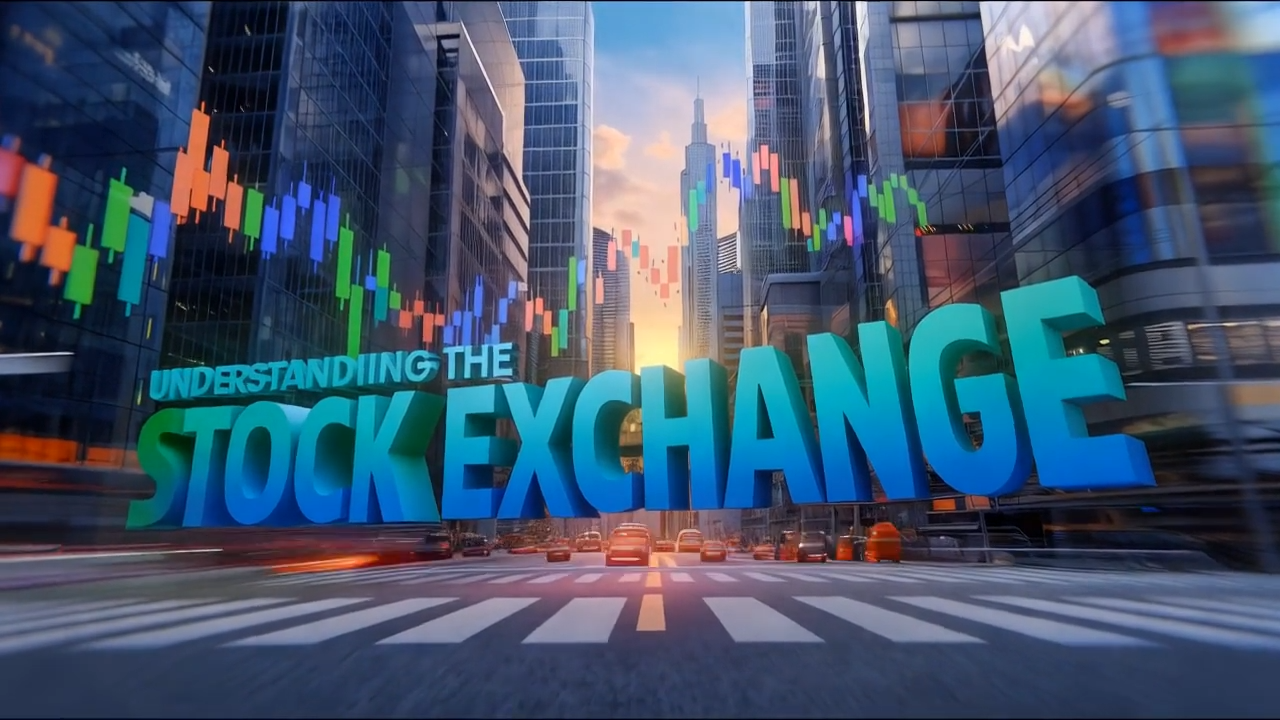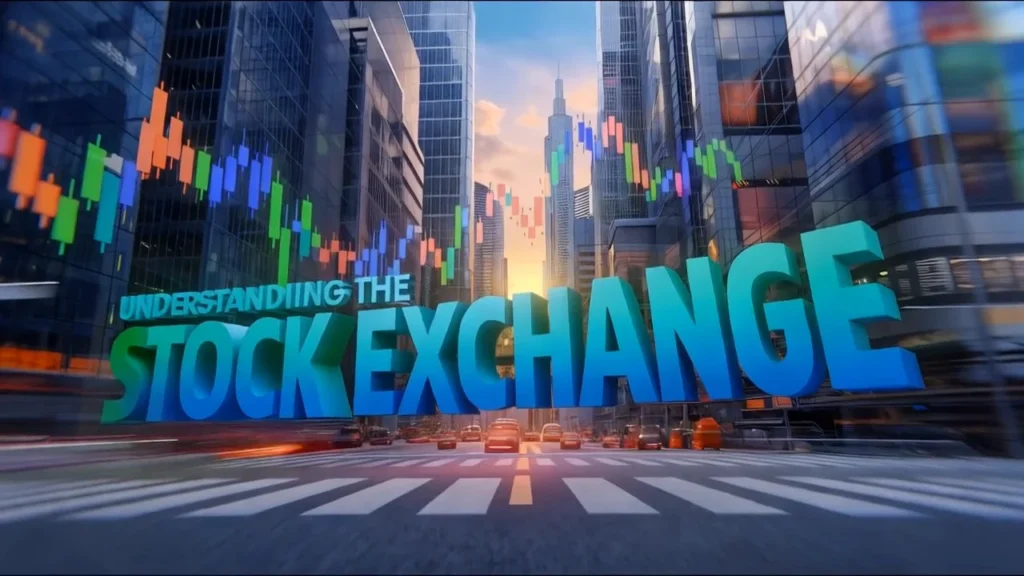Physical Address
304 North Cardinal St.
Dorchester Center, MA 02124
Physical Address
304 North Cardinal St.
Dorchester Center, MA 02124

Let’s talk about the stock exchange, a vital component of the global economy that plays a crucial role in how businesses grow and how individuals invest their money. We’ll explore what the stock exchange is, how it operates, and why it matters to you. We’ll break down complex financial terms into simple concepts, making it easier for you to grasp the essentials of investing. Understanding the stock exchange is not just for Wall Street professionals; it’s essential for anyone looking to secure their financial future. By the end of this post, you’ll have a clearer picture of how the stock market works and why it’s important to stay informed about financial trends. Whether you’re a seasoned investor or just starting out, knowing the ins and outs of the stock exchange can empower you to make smarter financial decisions. So, let’s dive in and unlock the secrets of the stock market together!
What is the Stock Exchange?
The stock exchange is essentially a marketplace where people buy and sell stocks, which are shares of ownership in a company. Think of it like a farmer’s market, but instead of fruits and vegetables, you’re trading pieces of businesses. Just as farmers bring their goods to sell, companies list their stocks on the exchange to raise money for growth and expansion.
When you buy a stock, you’re purchasing a small part of that company, and as the company grows, so can your investment. The stock exchange plays a crucial role in the economy by providing companies with the capital they need to innovate and expand, while also giving investors the opportunity to earn returns on their money. It helps to create a connection between those who have money to invest and those who need it to grow their businesses. Understanding this marketplace is key to navigating the world of finance and making informed investment decisions.
How Does the Stock Exchange Work?
The stock exchange operates as a platform where buyers and sellers come together to trade stocks. When you want to buy or sell a stock, you typically go through a broker, who acts as your intermediary. Brokers place orders on your behalf, and these orders are matched with those of other investors looking to buy or sell.
Stock prices are determined by the forces of supply and demand. When more people want to buy a stock than sell it, the price goes up. Conversely, if more people want to sell than buy, the price drops. This dynamic creates a constantly changing marketplace where prices fluctuate throughout the trading day.
Key players in this system include individual investors, institutional investors, and market makers, all of whom contribute to the overall activity on the exchange. Understanding these mechanics is essential for anyone looking to navigate the stock market effectively and make informed investment choices.
Now, let’s talk about the two major stock exchanges in the United States – the New York Stock Exchange (NYSE) and the NASDAQ. While both are prominent exchanges, they have some key differences that set them apart.
The NYSE vs. NASDAQ:
The New York Stock Exchange (NYSE) is one of the oldest and most prestigious stock exchanges in the world. NYSE uses a hybrid traditional auction system combined with an electronic system. It is well known for its iconic physical trading floor at 11 Wall Street in the financial district of New York City. Here, traders buy and sell stocks through a traditional open outcry system, where they shout bids and offers. The NYSE primarily lists larger, well-established companies, often referred to as blue-chip stocks, which are known for their stability and reliability.
On the other hand, NASDAQ operates as a fully electronic exchange, meaning all trading occurs online without a physical trading floor. NASDAQ stands for National Association of Security Dealers Automated Quotations. It’s known for listing many high-growth tech companies like Apple, Amazon, and Microsoft. NASDAQ is also home to a significant number of biotech and pharmaceutical companies. Unlike the NYSE, NASDAQ has a reputation for being more innovative and accommodating to newer, high-growth companies.
Both exchanges play vital roles in the financial markets, but they cater to different types of companies and trading styles, offering unique opportunities for investors. Understanding these differences can help you make informed investment decisions.
Conclusion:
In summary, the stock exchange is a dynamic marketplace where stocks are bought and sold, playing a crucial role in the economy by connecting investors with companies seeking capital. Understanding the differences between the New York Stock Exchange and NASDAQ can help you make informed investment decisions and navigate the world of stock trading with confidence. Whether you’re interested in blue-chip stocks on the NYSE or tech giants on NASDAQ, both exchanges offer unique opportunities for growth and diversification in your investment portfolio.
Understanding these concepts is essential for anyone looking to navigate the world of investing effectively. If you found this information helpful, we encourage you to check back every Monday for more financial insights.
